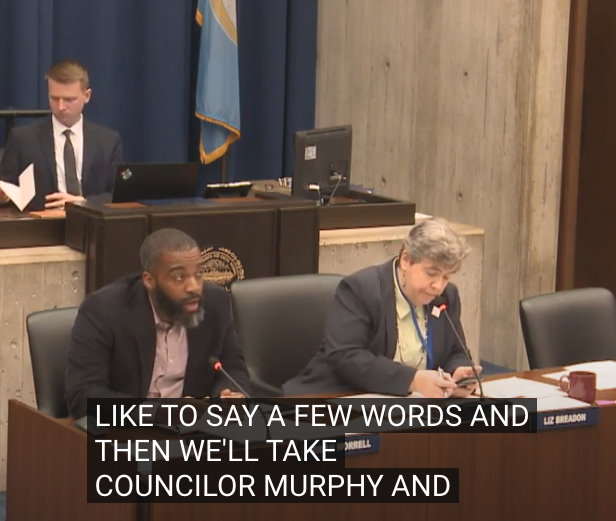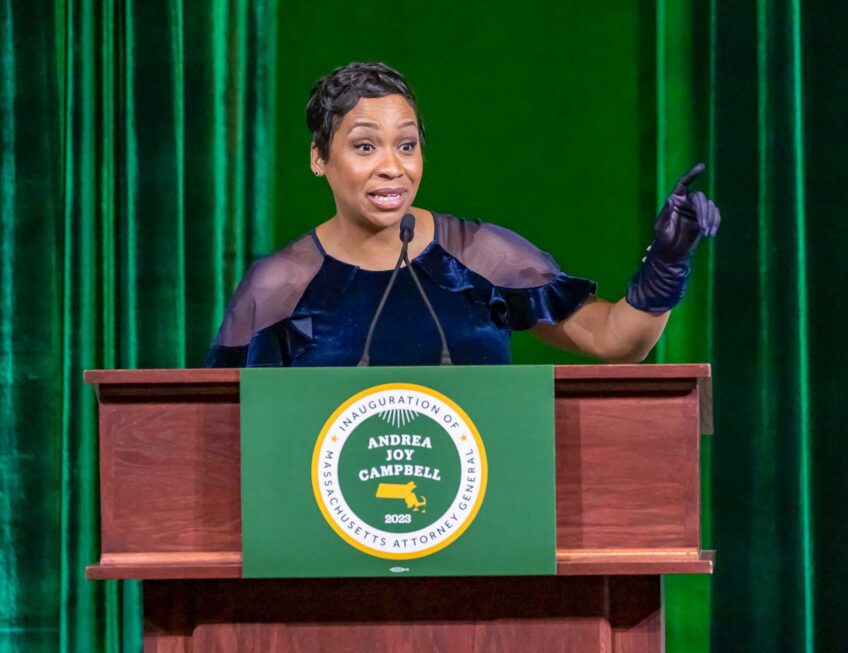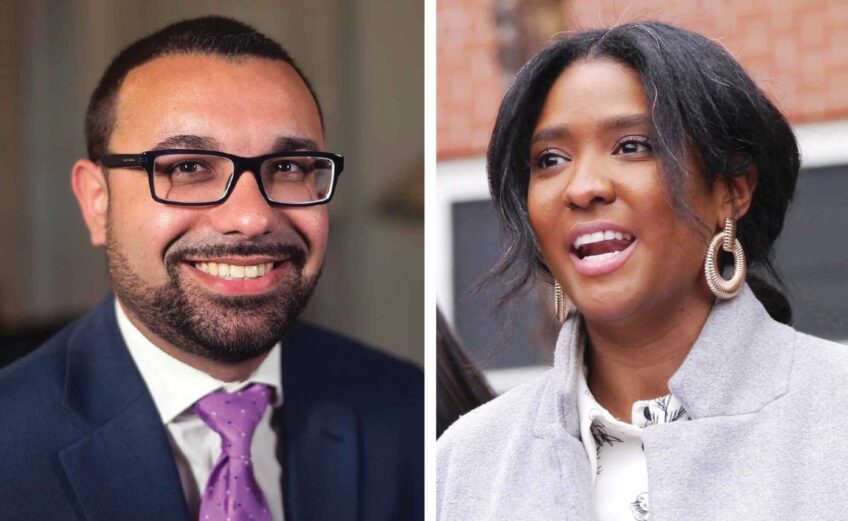What’s going on with redistricting?
Parishes, proportionality, packing at issue in debate over new boundaries

Ed Flynn outlined a political dilemma that is currently gripping the City Council as its members attempt to redraw the body’s nine districts.
“It is critically important to me that parts of South Boston are currently in District 2 remain in District 2,” Flynn told his colleagues during a hearing Tuesday, citing specifically precincts 5 and 6 in Ward 7. “I think South Boston should stay as one.”
But, Flynn added, he wants to keep all the public housing developments currently in his district. That would include the Castle Square, Villa Victoria and Cathedral developments in the South End side of his district.
“I think I represent the largest number of residents living in public house and then any district city councilor, and I’m proud of that,” he said.
District 2 dilemma
Flynn’s dilemma is one of three main forces driving redistricting. Going into the process, Flynn has 13,481 more people than the ideal average of 75,071 voters for each of the city’s nine districts. That surplus violates a key tenet of redistricting: that each district be of roughly equal size to guarantee that each person’s vote holds the same weight.

District 2 Councilor Ed Flynn
Because the pace of real estate development in the Seaport, Chinatown, Theatre District and South End neighborhoods has far outstripped that of the rest of the city, Flynn’s district has grown more than any other in the city.
District 3 — Baker
Abutting District 2 is District 3, represented by Frank Baker. Baker faces the opposite dilemma with a deficit of 6,511 people below the ideal average of 75,071. Although there has been significant real estate development in District 3, which stretches from the southern end of South Boston through the Neponset and Lower Mills sections of Dorchester, the population growth of the fast-gentrifying neighborhoods in it have not kept pace with the rest of the city. Baker needs to add precincts to his district. Although he has proposed taking precincts in South Boston, Flynn is dead against such a move.
District 4 — Worrell

District 3 Councilor Frank Baker
Abutting Baker’s district to the west is District 4, represented by Brian Worrell. Like District 3, the district is centered in Dorchester. Unlike District 3, District 4 represents primarily Black and Latino neighborhoods, with a white population of just 9.4% and has always been represented by African American councilors — Charles Yancey and, until last year, Andrea Campbell. Worrell’s high concentration of voters of color is referred to in voting rights law as packing — the practice of concentrating too many voters of color in one district to dilute their political power in adjacent districts.
District 4 is surrounded by majority Black and Latino precincts in District 5, represented by Ricardo Arroyo and District 7, represented by Tania Fernandes Anderson. The only move by which Worrell could add white voters is by moving into the Cedar Grove precincts in Baker’s district — a move Baker has resisted vehemently, calling for the preservation of the historic Roman Catholic parishes in District 3.
“This is about boundaries here and historical boundaries,” Baker said Tuesday, arguing for Cedar Grove and Lower Mills precincts to remain in his district. “Everybody wants to come to Boston and make their political bones in Boston because it all started here. This is a way for us to respect our histories, respect our parishes. Those parishes are political boundaries that these maps were drawn on.”
The maps
Arroyo and Fernandes Anderson submitted a map that has a maximum population deviation of 2.55%, meaning each district is within about 1,500 people of the ideal average of 75,071. Their map sparked controversy primarily because it extended Baker’s district into the South End, avoiding taking South Boston precincts from Flynn.
Baker complained his district would be the most gerrymandered in the city, stretching from the Charles River Basin to the Neponset River and noted that his traditional Dorchester base has little in common with the South End, which is generally a higher-income neighborhood.
While Arroyo and Fernandes Anderson argued their map would create a community of interest for Asian voters, connecting a community of Asian Americans in the Villa Victoria and Cathedral developments with the city’s Vietnamese population in Dorchester, Chinese American activists noted that Vietnamese voters tend to vote more conservatively than they do, often backing Republicans over Democrats.
Murphy’s map
At-large Councilor Erin Murphy, a Dorchester resident, but not a district councilor, submitted a map with a maximum population deviation of 6.24% — slightly higher than ideal of no more than 5%. Her map, however, would actually decrease the white population in Worrell’s district to just 5.8%, further packing Dorchester’s people of color into District 4.
Under Murphy’s map, Baker’s District 3 would gain population by taking a few majority-black and Latino from Worrell on the Mattapan side of Lower Mills and in Fields Corner, while adding in majority-white precincts in the South End. Worrell’s District 4 would in turn acquire majority-Black precincts between Dudley, West Cottage and Quincy streets in Roxbury.
Worrell and Fernandes Anderson would have the least-populated districts, with 72,222 and 72,262, respectively. District 8 Councilor Kenzie Bok and Baker would have the greatest populations, with 79,760 and 78,356, respectively.
Breadon/Worrell map
Liz Breadon, who is serving as chair of the Redistricting Committee, and Worrell, who is the vice chair, submitted a map with a maximum deviation of 4.73% from the ideal average of 75,071 people per district. Under their map, Flynn would hold on to the Villa Victoria and Cathedral housing developments, but lose one of his South Boston precincts to Baker.
Worrell would transfer five precincts between Ashmont and Fields Corner to Baker, but take three Lower Mills and Cedar Grove precincts from Baker, as well as taking two majority-Black Mattapan precincts from Arroyo. Worrell’s white population would increase by nearly one percentage point to 10.5%. The population of his district — 72,211 would be the second lowest of any district in the city. Bakers, under the plan would be 71,518. Flynn, Bok and District 1 Councilor Gabriella Colletta would all have around 78,000 people in their districts.
In all, the Breadon/Worrell map would make the fewest changes to existing districts, but would skirt just below the 5% deviation from the ideal average.






